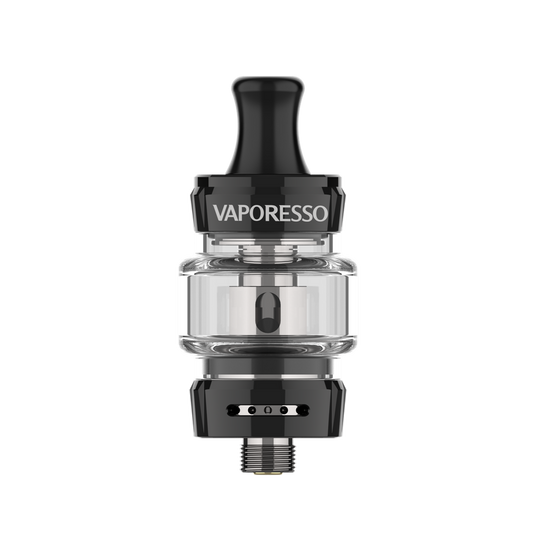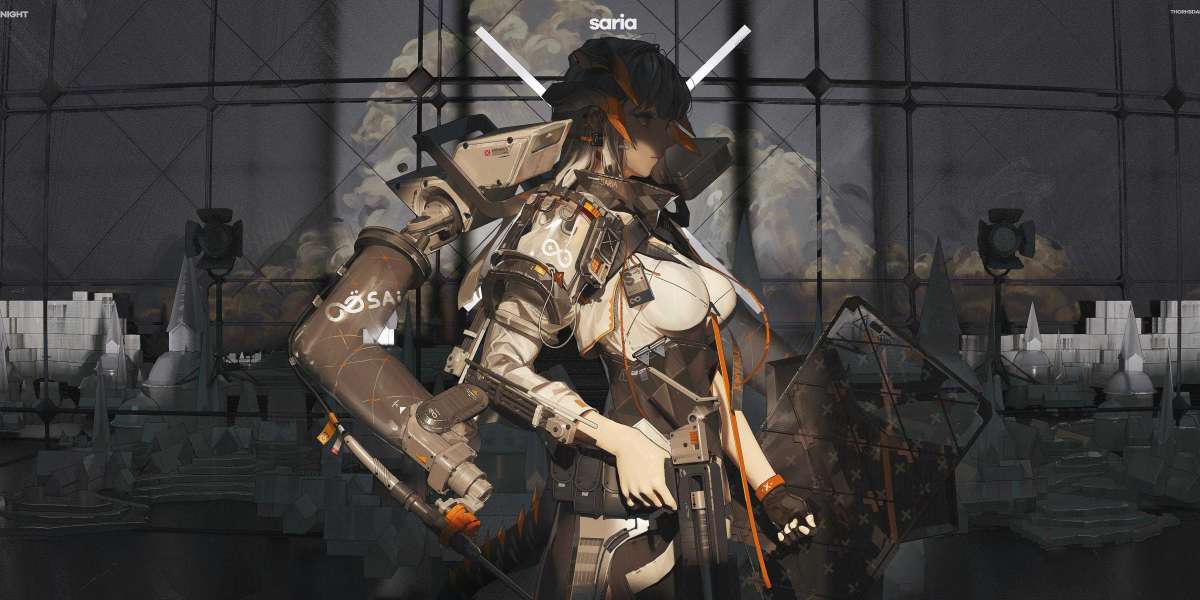In the realm of industrial applications, the design of tank coils plays a pivotal role in optimizing heat transfer processes. This article delves into the intricacies of tank coil design and its profound impact on heat transfer efficiency, offering a comprehensive understanding for global readers.

Understanding Tank Coil Design
Tank coils are integral components in various industrial systems, primarily used for heating or cooling fluids within a tank. The design of these coils can significantly influence the efficiency of heat transfer. Factors such as coil material, diameter, length, and configuration are crucial in determining the performance of the system.
Material Selection and Its Impact
The choice of material for tank coils is critical. Common materials include stainless steel, copper, and aluminum, each offering distinct thermal conductivity properties. For instance, copper coils are highly conductive and efficient in heat transfer, making them suitable for applications requiring rapid temperature changes. Conversely, stainless steel coils, while less conductive, offer superior corrosion resistance, making them ideal for harsh industrial environments.
Coil Configuration and Heat Transfer Efficiency
The configuration of tank coils, whether they are helical, serpentine, or spiral, can greatly affect heat transfer rates. Helical coils, for example, provide a larger surface area for heat exchange, enhancing the overall efficiency. Serpentine coils, with their back-and-forth design, ensure uniform heat distribution, which is essential in processes requiring precise temperature control.
Impact of Coil Diameter and Length
The diameter and length of the coils are also pivotal in determining the heat transfer efficiency. Larger diameter coils offer a greater surface area, facilitating more effective heat exchange. However, they may also require more space and material. Longer coils, on the other hand, provide extended contact time between the fluid and the coil, improving heat transfer but potentially increasing pressure drop within the system.
Innovative Approaches in Tank Coil Design
Recent advancements in tank coil design have introduced innovative approaches to enhance heat transfer efficiency. For example, the use of finned coils increases the surface area without significantly enlarging the coil size, thereby boosting heat transfer rates. Additionally, the integration of advanced computational fluid dynamics (CFD) modeling allows for the optimization of coil design, ensuring maximum efficiency and performance.
Practical Examples and Applications
Consider a chemical processing plant where precise temperature control is paramount. The use of helical stainless steel coils ensures uniform heating of the reactants, preventing hotspots and ensuring consistent product quality. In another example, a food processing facility might employ copper serpentine coils for rapid cooling of perishable goods, maintaining freshness and extending shelf life.
Conclusion
The impact of tank coil design on heat transfer in industrial applications cannot be overstated. By carefully selecting materials, optimizing coil configurations, and leveraging innovative design techniques, industries can achieve significant improvements in heat transfer efficiency. This not only enhances operational performance but also contributes to energy savings and cost reductions.
In conclusion, understanding the nuances of tank coil design is essential for engineers and industry professionals seeking to optimize their heat transfer processes. By staying informed about the latest advancements and best practices, they can ensure their systems operate at peak efficiency, ultimately driving success in their respective fields.







